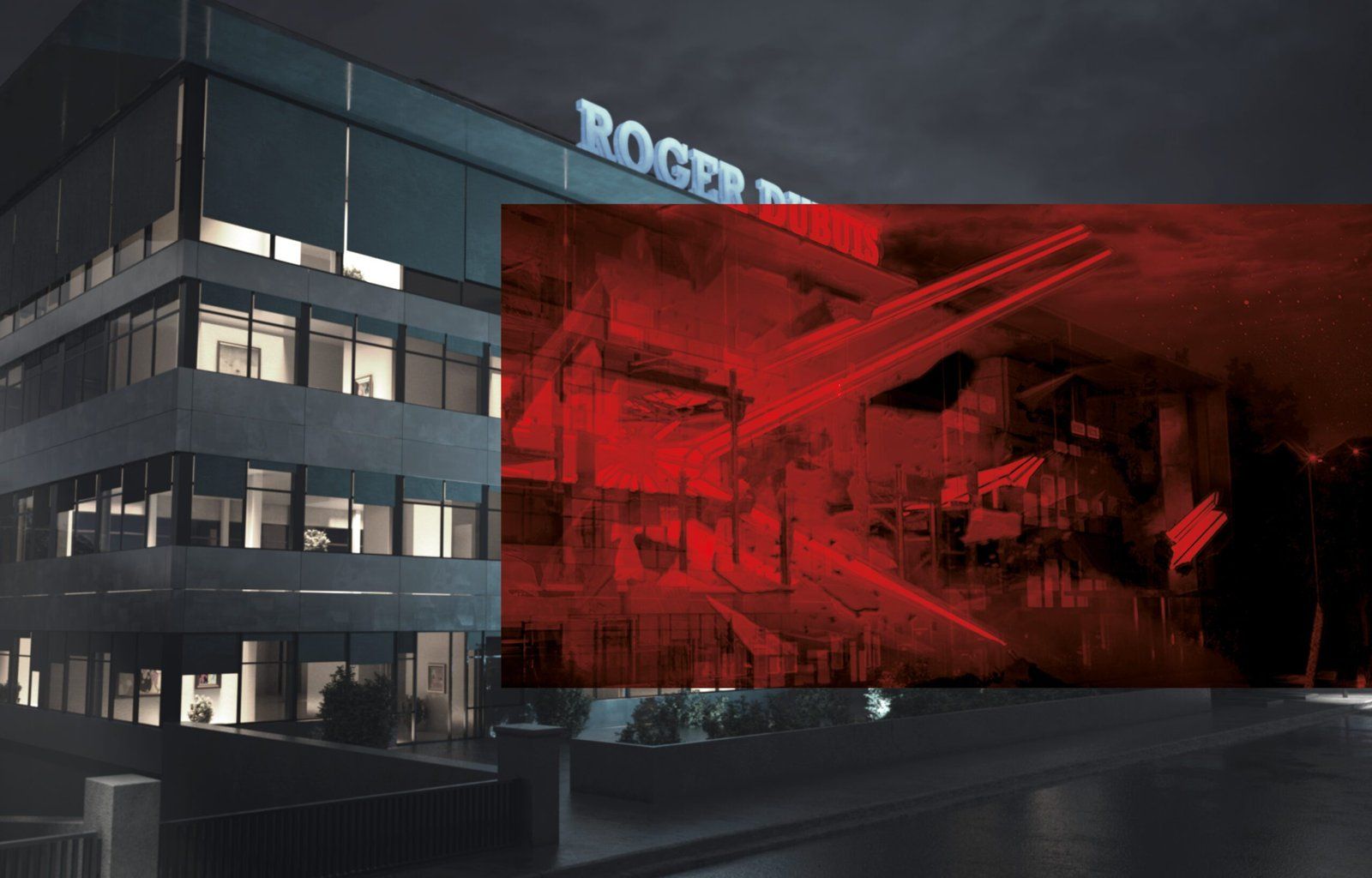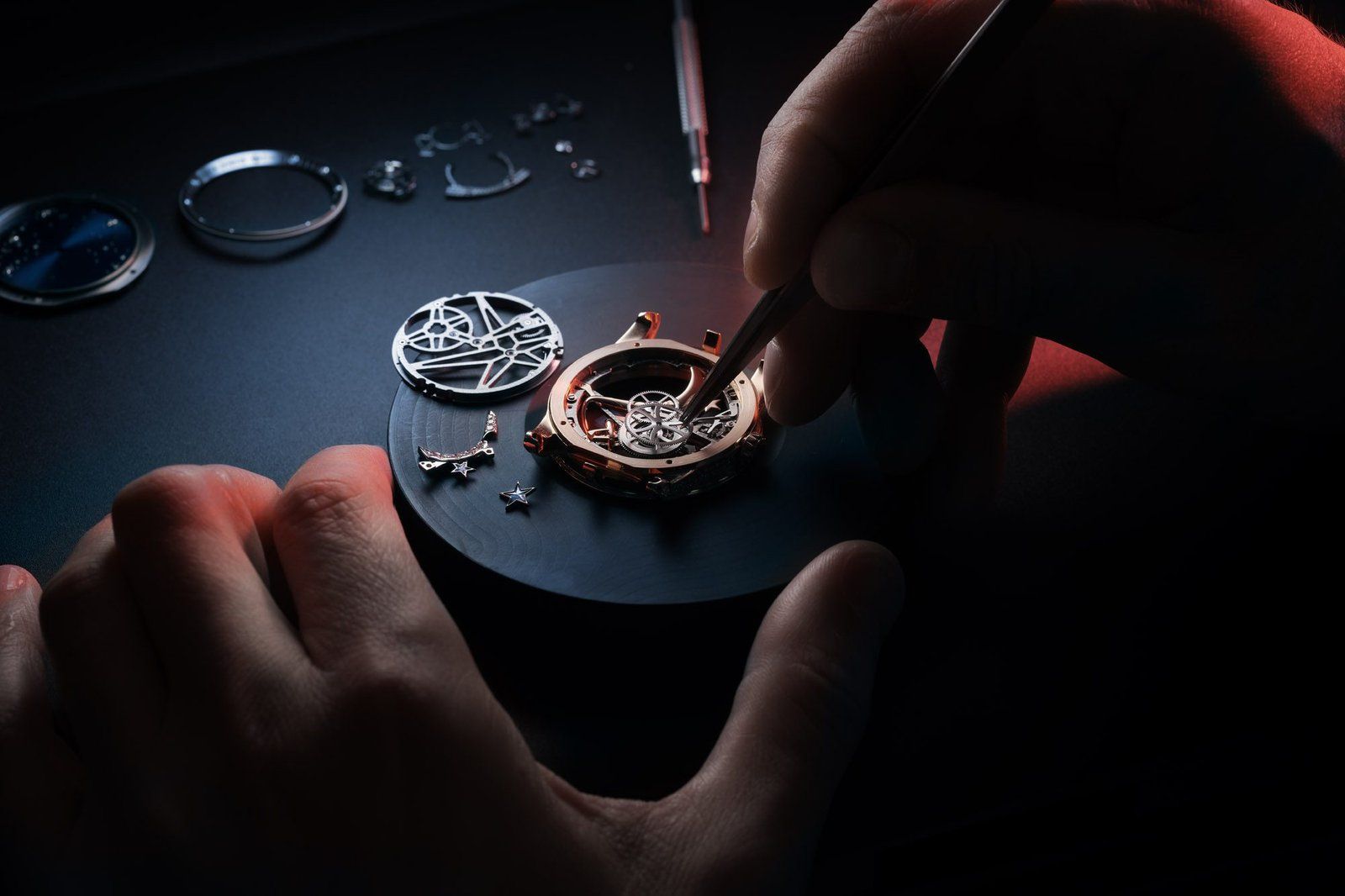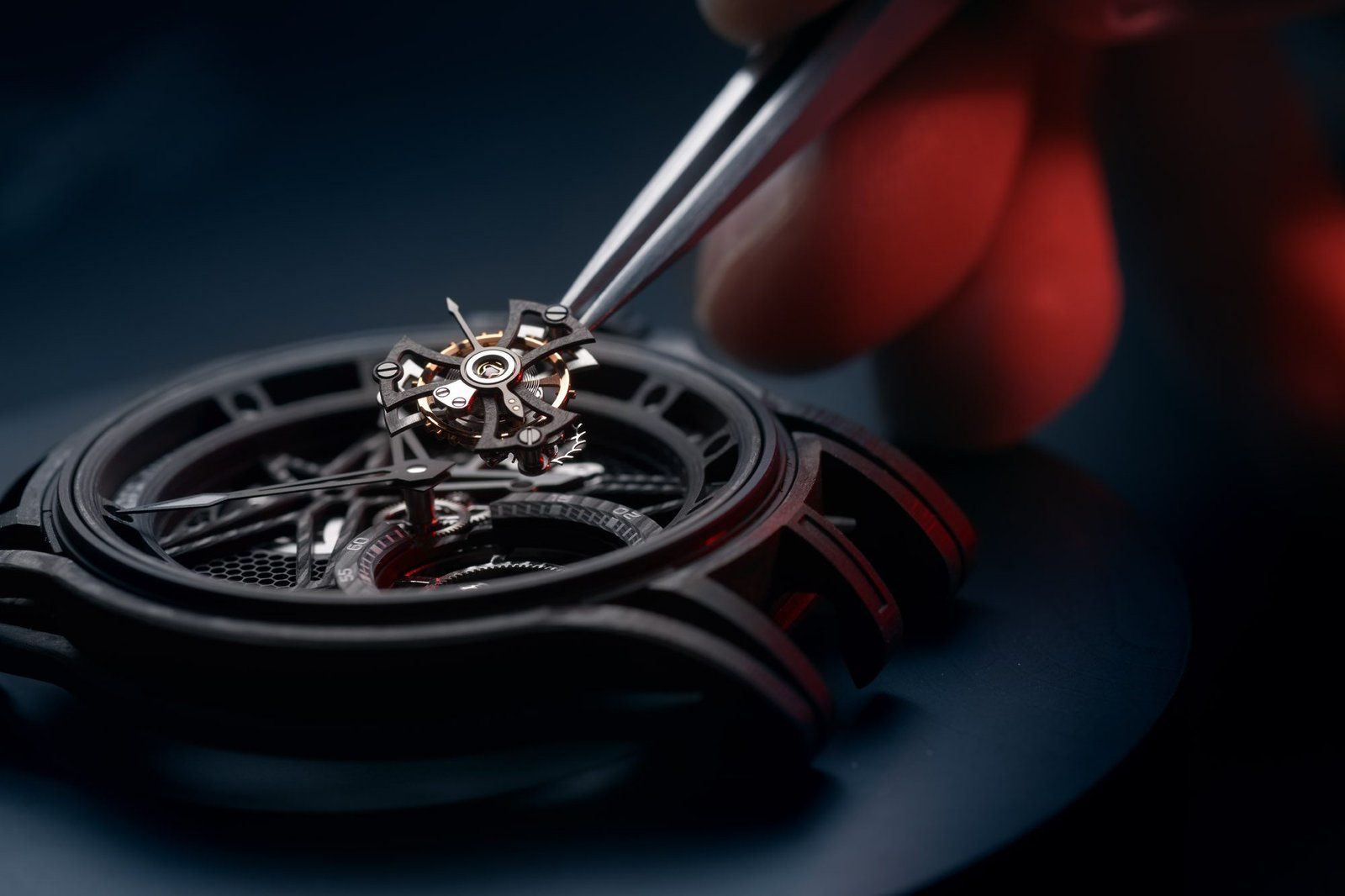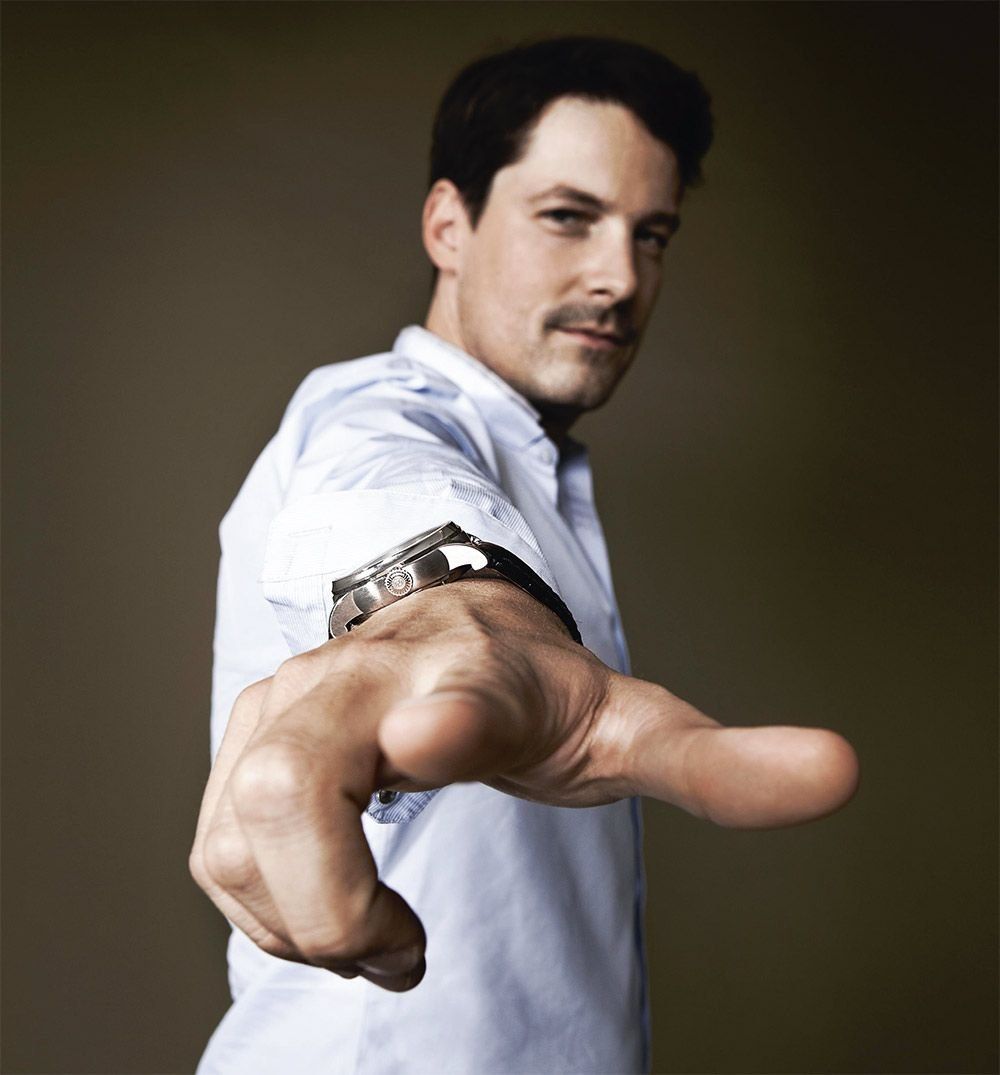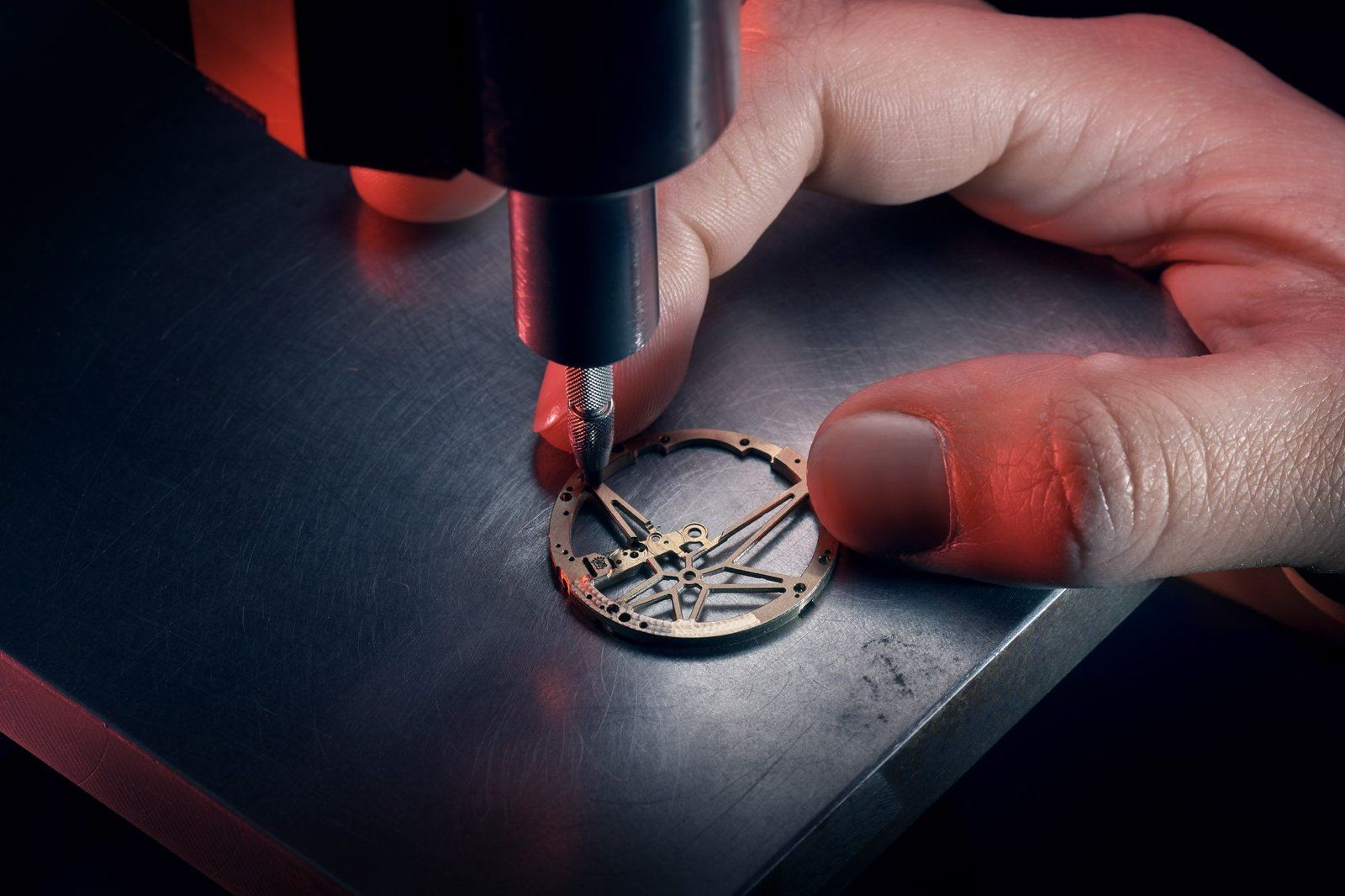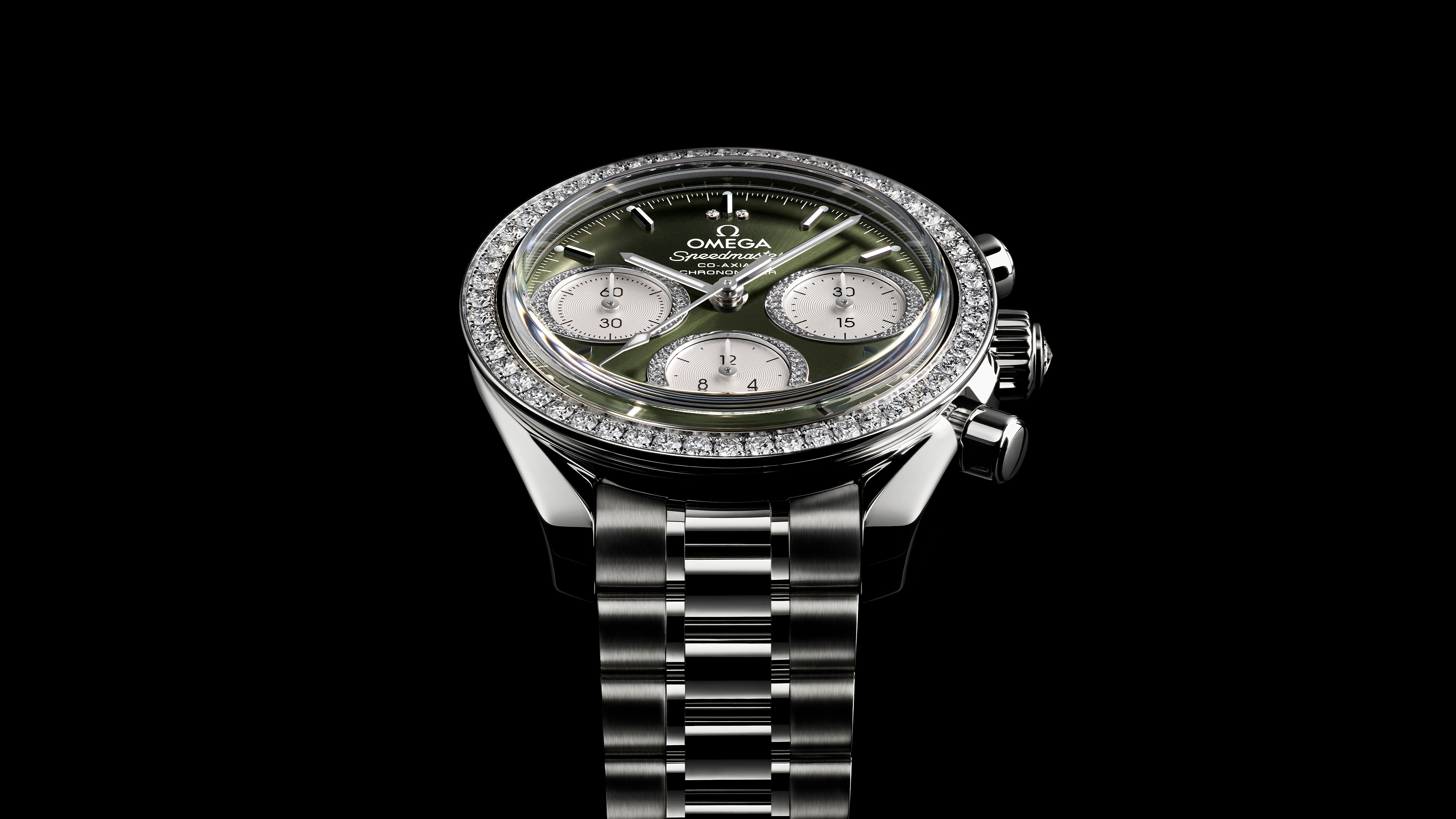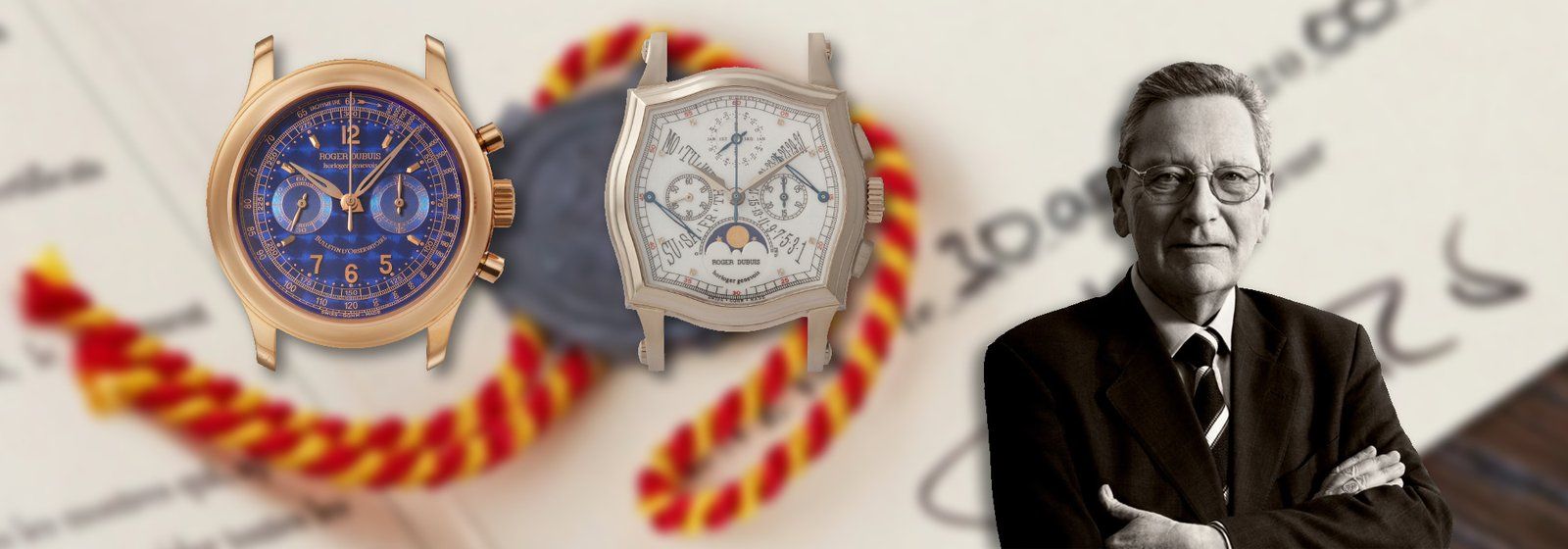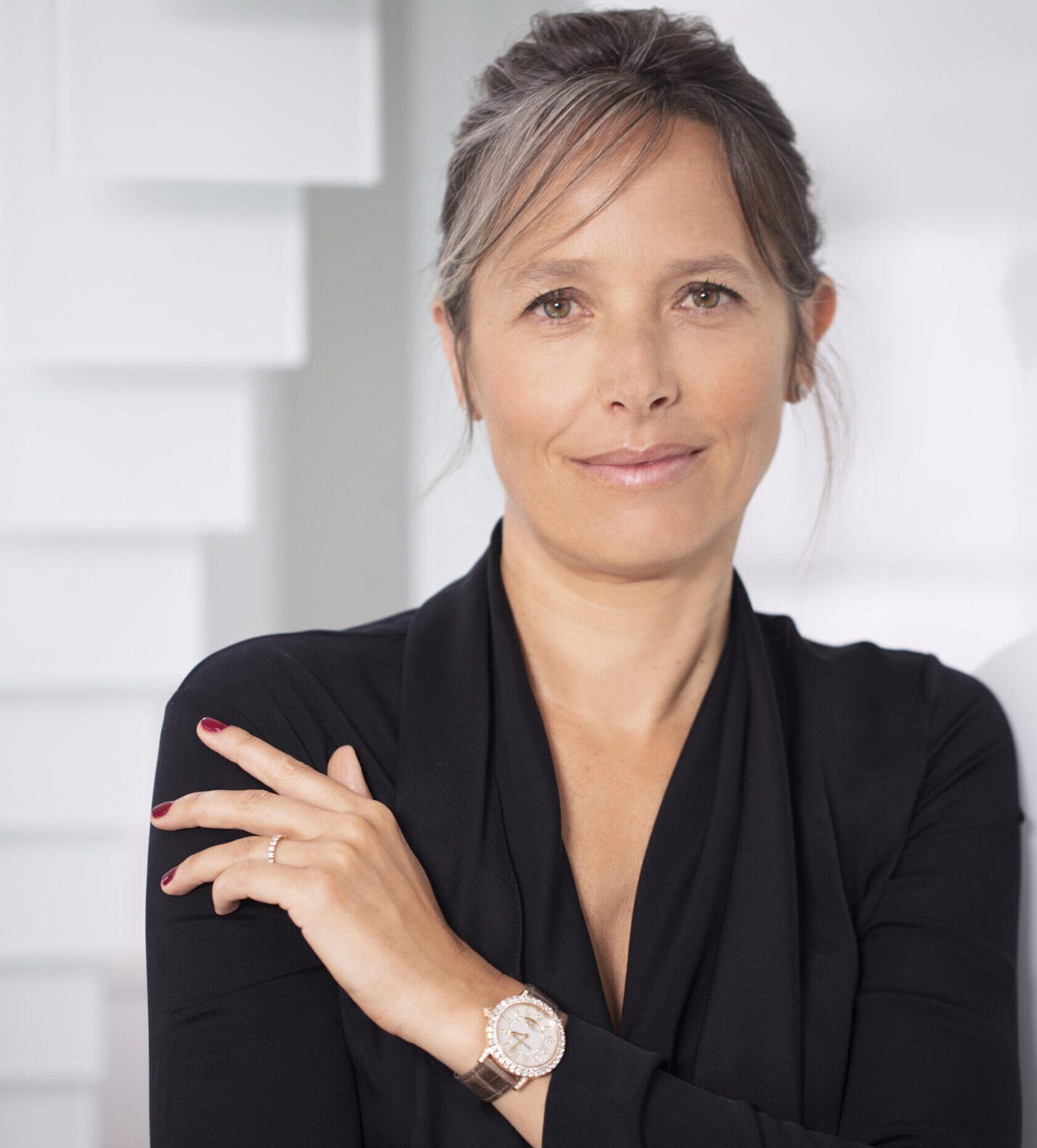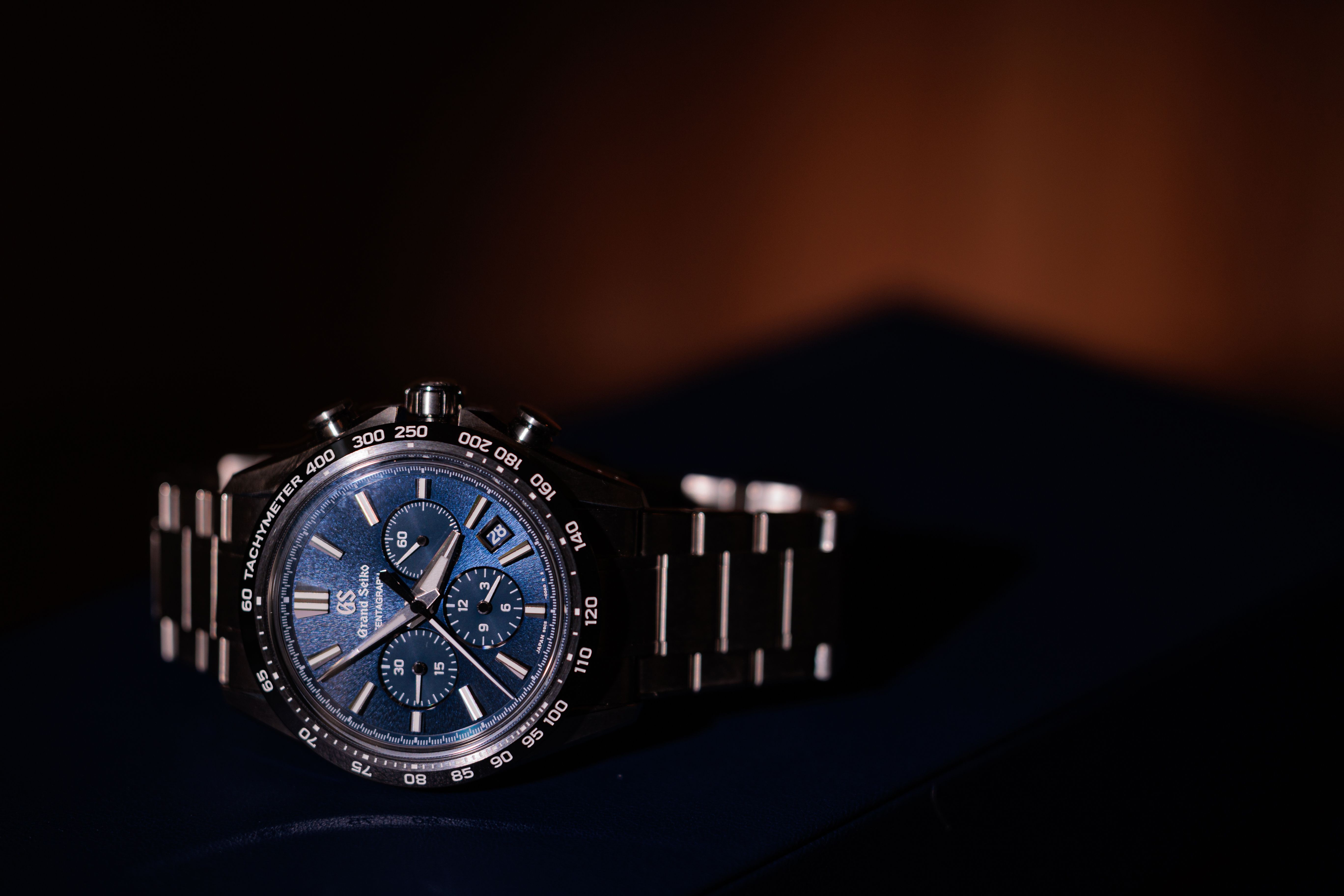ROGER DUBUIS WATCHES
Expressivity, Haute Horlogerie, Contemporary
It was not round, nor a square, nor rectangular. The watch La Sympathie, was way ahead of its time, when it launched in 1995, by the maker himself, Roger Dubuis, eponymous with cutting edge haute horlogerie. Come to think of it, the collections that followed - TooMuch, MuchMore, GoldenSquare and FollowMe, were large, bold and nothing of the aesthetic prevalent to the nineties. Roger Dubuis, the man and the brand were way ahead for the nineties.
For those that didn’t know the man before the brand, Mr. Dubuis started at Longines in the late 1950s, then he moved to Geneva to work for Patek Philippe as a watchmaker in the high complications workshop, building a reputation as one the finest watchmakers around, working on high complications. He left in 1980 to set up “la Gallerie d’Horlogerie Ancienne”, a small workshop where he repaired watches and clocks for collectors, auction houses and watch brands. In 1995, he founded the Roger Dubuis company and he launched his first collection. In the early 1990’s, Mr. Dubuis met Carlos Dias, who later became the impresario of the Roger Dubuis brand.
While the Roger Dubuis of the ‘90’s was primarily divided into two main collections: the Hommage and Sympathie, the brand as of 2016, stands on two pillars. The Excalibur and the Velvet. Striking a fine balance between meticulous watchmaking expertise and avant-garde design, the brand is now a renowned specialist in architectural skeletonized movements. “Creating different cases is not our only objective” says Gregory Bruttin – Product Strategy Director at Roger Dubuis. “Our focus is on our movements, which is our biggest strength,” says Bruttin. Excalibur collection is the starting point of all Roger Dubuis inspirations. Iconic aesthetics and exceptional mechanics, the design highlights the technical innovation and vice versa. Through a perfectly mastered know-how, each masterpiece fully displays its temper whether it is resolutely wise or boldly excessive, according to your own personality. In addition, the Excalibur collection expresses itself to its full potential through a wide range of sizes and materials. Nonconformism is ultimately a reasoned choice.
Minute Repeaters, Skeleton Double Tourbillon, 90° V-Shaped Tourbillon, Automatic 12° Balance, Skeleton Flying Tourbillon, Double Flying Tourbillon with differential, Double sprung balance with differential, Automatic Skeleton with micro-rotor, Quatuor (4 inclined Tourbillon), Minute Repeater Flying Tourbillon with Double micro-rotor, Perpetual Calendar and Bi-Retrograde jumping date, are just a few of the Manufacture Roger Dubuis exclusive calibres.
“We want to keep creating contemporary watches,” says Bruttin. “The only solution to create contemporary watches, is to continue to evolve your own design and technicity. It is important for us to focus on one case, the Excalibur, but we haven’t stopped in the evolution of the same. Take the case of the Excalibur Double Tourbillon which we just launched. The idea was to reinterpret the watch, not only aesthetically but also the movement. We let go of the traditional perlage finish and added a more modern finish to live up to the standards of Poinçon de Genève”.
Geneva’s horological know-how has spread around the world over several centuries. The Poinçon de Genève is a guarantee of authenticity, of a product made by the finest craftsmen in the Republic and Canton of Geneva, as in this case Manufacture Roger Dubuis, whose success is renowned worldwide. Only a few select watchmakers and “manufactures” based in Geneva have been awarded this certification. Introduced on 6th November 1886 by the Council of State, the law on the optional control of watch manufacturing in the Canton of Geneva led firstly to the setting up of the Geneva Office of Watch Control. This is responsible for stamping watches submitted by Geneva-based manufacturers with the official State “mark” following a rigorous process of quality control. The Office also regularly inspects production in the “manufactures”.
Every movement that comes out of Manufacture Roger Dubuis, bears the Geneva Seal or known as the Poinçon de Genève. A watch bearing the Poinçon de Genève is not only an instrument for measuring time, it is a work of art. To obtain this distinction, each watch component must be made with the utmost care, and finely decorated. The Poinçon de Genève is synonymous with exceptional aesthetic quality, and guarantees that the product purchased is flawless and unique, a source of great sentimental, artistic and material value.
Due to the large size of all the baseplates and bridges, the solid parts that house the wheel trains and mechanisms, the Poinçon de Genève specifies that all machining marks must be eliminated. In addition, the most attractive decorations are used according to specific criteria and must have polished chamfers, straight-grained sides, smoothed down bridge supports, polished bevels in holes and recesses and polished sinks for jewel holes. At the “heart” of the watch, the balance-wheel and balance-spring guarantee the watch’s accuracy. Because of its importance, the Poinçon de Genève specifies that the balance-spring fixing must be elegant, and prohibits the use of glue. There is even a criteria for movements of different sizes. For movements with a total diameter of more than 18 mm: the thickness of the escape-wheel must not exceed 0.16 mm. The locking-faces of its teeth must be polished. For movements with a total diameter of less than 18 mm: the thickness of the escape-wheel must not exceed 0.13 mm. The locking-faces of its teeth must be polished.
If you thought this was enough, wait a wee bit longer, as the requirements of high finish just don’t end yet. The wheel trains are parts of the watch mechanism and are subject to very strict decorative criteria, to ensure all machining marks are eliminated. They must be chamfered above and below. For wheels of up to 0.15 mm thick, a single chamfer is allowed. They must have polished sinks. The shape and position of the sink are at the discretion of the applicant, provided the sink is polished. The crossing, hub and rim of the wheels must be chamfered. The functional parts of the pivot-shanks and pivots, including their faces, must be burnished. The other parts must be finished so as to eliminate all machining marks. The pinion faces must be finished so as to remove all machining marks, without rounding off their edges or flattening out burrs. Polishing, grinding or any other finishing operations are acceptable provided they do not contravene the foregoing requirements. The pinion leaves must be polished without modifying the functional part of their tips. All of these parts are not even in clear view, even if you put the watch; with an exhibition case-back, under the loupe, unless the complete movement is disassembled, one cannot see the superlative finish on these working components.
Shaped parts like the screws, springs and pins are not given any concession either. Shaped parts and supplies must have polished chamfers, straight-grained sides and smoothed down supporting faces, and the visible faces must be levelled or finished with any other decoration that eliminates machining marks. This need not apply to functional parts. Screw heads must be polished or circular-grained with chamfered edges and slots. Domed screw heads must be polished or circular grained. Colouring is permitted provided the finish conforms. The end of the screw foot must be polished and have no trace of its detachment. The flat or domed ends of pins must be polished. Mechanical and chemical trimming and polishing procedures are allowed as long as they respect the criteria concerning the shape and appearance of surfaces.
If a part is shaped by folding, this must be rendered undetectable using a suitable and approved finishing operation. All parts that are not mentioned in the technical regulations must comply with the requirements laid down in the homologation of the calibre. Wire springs are not accepted. The entire edges of strip springs and jumper springs must be chamfered; this need not apply to functional parts. Any operation on a strip spring of 0.18 mm thickness or less that could be detrimental to the functional stiffness of the spring may be waived. All strip or jumper springs must have a heel.
Now that you are familiar with the stringent criteria of the Poinçon de Genève, imagine putting it into practice for every single calibre that you make at the Manufacture. Countless hours of meticulous finishing and if something has to go wrong, well; its human to err, restart all over again. The traditional finishing of perlage and the Côtes de Genève are rarely seen on the movements done by Roger Dubuis. Instead we see shot-blasted plate and bridges with 5N or NAC coating. Honestly, this is a crazy of next level in terms of the Manufacture’s “expressivity” in haute horlogerie, with a contemporary twist.
“If you look at the skeleton watches that are out there, most of them have a similar aesthetic” say Bruttin. “At Roger Dubuis, we have always done it in reverse. We conceptualise the movement’s design and then work backward to adapt the technique to it, others start with the technique and then adapt the design around it. Our way is not the easiest or economical, but it sets us free to go beyond the boundaries. That is the way of Hyper-Horology”. “Our technique serves the aesthetic” says Bruttin “and that’s what makes us Roger Dubuis”. “When our designer conceptualises, our constructors adapt to their vision and make it happen. This is not an industrial approach to watchmaking, it is an ‘artistic’ one”.
With only one specialised pair of hands at the Manufacture, who is capable of producing superlative finishing, as we see on the skeletonised “raised” star-bridge of new Excalibur Double Tourbillon, one can consider the hours of execution, but one cannot ignore the fact that these hours could be totally irrelevant; if not for the years of expertise in executing such fine and detailed work. “We reinvent ourselves every step of the way” says Mr. Sadry Keiser, who sees his role as Chief Marketing Officer, as that of a translator between technicians and designers, technicians and marketing, or quite simply part of a greater drive to make that same world a lot more fun. In sync with the ethos of Mr. Roger Dubuis, he firmly believes that it all comes down to mindset: “One that forces us to question ourselves, to stimulate our creativity, and to abandon our comfort zone” says Sadry. To continue to evolve, to enjoy the aspect of risk. To convey a message that involves understanding the past and respecting tradition, yet with the sole aim of being free in terms of future creation. My mantra is to remain literally obsessed by nurturing the words of Roger Dubuis.” Replacing the traditional finishing with a superlative and contemporary brushed and polished finishing, especially on flat skeletonised surfaces, can really take the production costs to the next level, as one still has to keep in mind, that while you are in artistic pursuits, the criteria of the Poinçon de Genève, are still to be adhered to.
The Maison brings its own definition of ‘simple’, even when it comes to a fairly modest automatic watch. Skeletonised bridges, a flying tourbillon, even a micro-rotor that is skeletonised, that’s not all. Now let’s take all this, finish each component to the highest standards, get our Geneva Seal approved and voila! We present a simple watch, which by no means is, but that’s the Roger Dubuis way.
“Since our inception, we’ve been a part of haute horlogerie within the watchmaking industry” says Keiser. “But being the younger of the lot, has set us free to follow our own course. We are able to reinterpret the traditional approach, into something progressively contemporary. So, “Hyper''; which is at the pinnacle within the hierarchy of the pyramid of haute horlogerie, where the traditional complications are reinterpreted by going beyond the technical and aesthetical limits”.
So while the traditional definition of fine-watchmaking is followed by most, Manufacture Roger Dubuis while following the rules, construct their own rules.
https://www.youtube.com/watch?v=l5tkN3xX3Vo&feature=youtu.be
